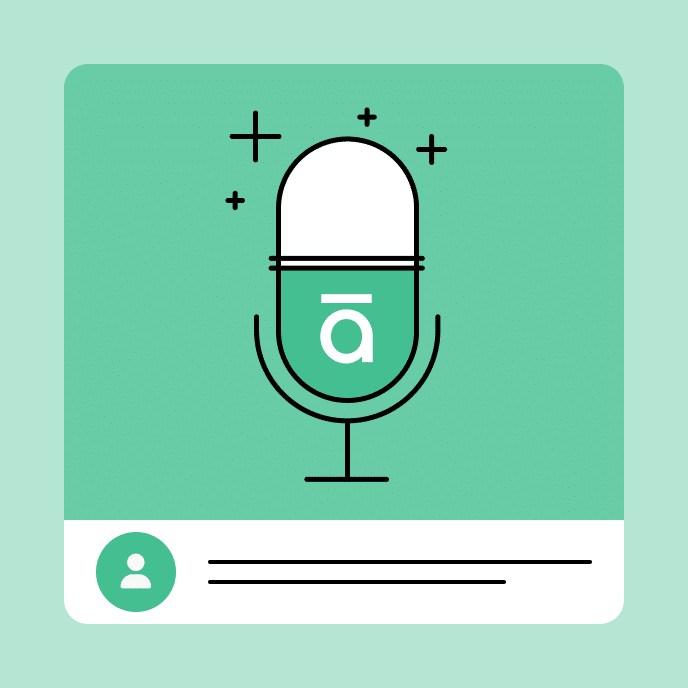Employee Preboarding: A Cure for New Hire Ghosting?
Learn how a strong preboarding process can benefit your organization, plus get key strategies for acing the new hire experience through e-learning.

What is preboarding—and what does it have to do with vanishing acts?
Ghost (verb): to cut off all contact with (someone) abruptly, usually without explanation. Culturally, we often think of ghosting in terms of friendships and romantic relationships, but in recent years, the phenomenon has hit the workplace.
According to a report by Indeed, 77 percent of employers said ghosting before day one became more common among job seekers in 2022 than the previous year. And 78 percent of job seekers said they ghosted an employer during the hiring process, up from 68 percent in 2021.
Many employers hope to stop the trend by revising their practices and including a preboarding process. One element in particular, preboarding, is a powerful opportunity to create a positive first impression and reduce no-shows on a new hire’s first day. E-learning, which allows you to reach new team members with key resources before they step foot in the office, is a critical tool as you build out your preboarding program.
In this post, we’ll cover how a successful new hire preboarding process can benefit your organization and key strategies for acing the preboarding experience for your new hires through e-learning.
Key Takeaways
Preboarding vs. onboarding: understanding the difference
Preboarding is a bridge between the day the employee accepts a job offer and their start date. Onboarding occurs after the employee starts work and focuses on getting the team member up-to-speed in the new workplace, while preboarding gives you both a head start. This hiring process phase includes any paperwork, orientation activities, or training that occurs before day one.
It’s important to tackle the preboarding and onboarding processes both individually and in relationship to each other. In other words, to reduce new hire turnover, don’t overlook preboarding just because you have a robust onboarding process. Both steps in the hiring journey are vital to your employee’s long-term success.
Why do employees ghost?
Research has identified a few trending reasons an employee might suddenly stop communicating before their start date.
According to the Indeed report, feeling that the job or company wasn’t right for them was one of the top reasons employees gave for ghosting an employer. Poor recruiter communication was also a significant factor: 23 percent of respondents cited it as a reason they’ve ghosted an employer, up from five percent in 2020.
What does this tell us? Before a team member starts a job, they carefully weigh information both about the particular role and the company overall. As their future employer, it’s critical to showcase the benefits of working at your organization before day one. That’s where preboarding comes in.
Making a great first impression before the first day
Many organizations focus on their employee onboarding experience to set new hires up for success. However, preboarding—communication with your new hires before the new hire’s first day—is an equally important, yet often overlooked, step in the hiring process.
To illustrate this point, imagine that you’re selling your house and have just accepted an offer from a buyer. You wouldn’t dream of leaving the house in disarray when inspectors come by—you’d make sure everything is clean and organized to showcase the true value of your home and ensure nothing can jeopardize the sale from going through.
In the same way, even after an employee has accepted a job offer, it’s the employer’s responsibility to start the relationship off right and accurately showcase the opportunity for the candidate through an effective preboarding process.
Why is a preboarding process important?
For candidates, the lull between the employee accepting the job offer and their first day on the new job is a critical one. This waiting period can be distressing as they anticipate adjusting to a new company structure and culture, and new responsibilities. A successful preboarding process can help alleviate this discomfort and transform it into feelings of excitement and trust.
Thoughtful preboarding improves employee engagement for a new team member. It shows top talent that you’re invested in their long-term success. The process helps them prepare with key resources and expectations and gets admin tasks out of the way to help them get more out of their onboarding experience. It can also generate feelings of goodwill and loyalty by giving new hires a positive experience of the company’s culture in the preboarding period.
Ultimately, a sound preboarding approach enormously impacts your business’s bottom line, paving the way for increased retention, greater productivity, a stronger company culture, and higher ROI.

Elements of an effective preboarding checklist may include:
- Welcome communication. Send a note from the hiring manager or office management.
- Education. Use accessible online courses to introduce the company’s history, culture, messaging, or benefits guide, policies, and processes.
- Preboarding paperwork. Why wait when verifying personal details? Get ahead with employment verification, benefits enrollment, payroll software login, tax forms, and supply orders.
- Company swag. Package together company-branded apparel and personalized treats for a delightful surprise by mail.
Whether your office operates in person, hybrid, or remote, your new hires will experience preboarding remotely and will likely complete the process from home. Enter e-learning, which allows you to provide a diverse array of different online resources for a new employee.
3 e-learning tactics for an engaging preboarding process
Looking for specific ways to incorporate e-learning into your preboarding process? To get engaged employees use these three key tactics in tandem with other efforts and personal touches to improve candidate reassurance, excitement, and goodwill.
1. Host virtual office tours
If you work in person or in a hybrid environment, new employees will benefit from a virtual office tour to get them acquainted with the space before they start.
A tour can be particularly helpful for companies with very process-oriented workspaces. For example, a meal kit company might consider creating a virtual tour of their test kitchen, including spaces to store, prepare, and photograph ingredients and completed dishes. A virtual office tour is also great for showcasing meeting areas, collaborative and private workspaces, and on-site dining options.
There are various routes to present virtual tours, from an interactive map to a 360° immersive tour highlighting landmarks and other exploratory elements. Consider which option might best fit what you’d like to highlight before day one to maximize the tour’s impact.
2. Engage new hires with an interactive handbook
Your company handbook helps new hires get started and know what’s expected of time. While it will remain a valuable resource they can return to time and time again throughout their tenure with you, it’s also a key asset to provide in the preboarding stage so they can mentally prepare.
Handbooks can be lengthy documents, and may be overwhelming for a new hire to take in all at once. To make content more digestible, consider an abbreviated version of your handbook built specifically for new hires containing all the information they’ll need to feel confident heading into onboarding. You can even build interactive elements into the handbook to increase engagement and make employees more likely to read.
3. Offer online courses for key processes and resources
Activating company accounts—on everything from direct deposit to new technology to paychecks to benefits—can be a complex and confusing process. Leverage your preboarding process to get the checklist completed early and seamlessly. By making the process smooth and intuitive, you’ll help new hires feel prepared and assured on their first day.
E-learning courses are a highly effective way to walk new hires through the setup steps. With complex information in an organized online course format, it’s easy to keep learners on track and ensure they’ve completed each step.
Covering administrative tasks and setting up key processes in advance can also save time in onboarding. Ultimately, this can make a positive impression on a new employee and send a message that you’re invested in their success.
Consider a company culture boost with online courses to:
- Educate new hires about the company’s history, mission, and vision
- Explain the nuances between the company’s products
- Walk through the process of setting up direct deposit, benefits, and more
- Introduce key teams and new colleagues the incoming employees will be working with

Invest in preboarding employees to keep employee ghosting at bay
It’s crucial to take advantage of the period before day one on the job to retain a new employee for the long haul and set them up for success. Investing in your preboarding program will instill confidence in your organization, create excitement about your work culture, increase ROI for your business, and provide key resources an employee can use to prepare ahead.
Doing this allows your employees to start the new job feeling prepared and comfortable—and your entire organization benefits.
You may also like

Translation vs. Localization: What’s the Difference?
Compare the difference between translation vs. localization and find out how to choose the best approach for your global workforce training needs.

